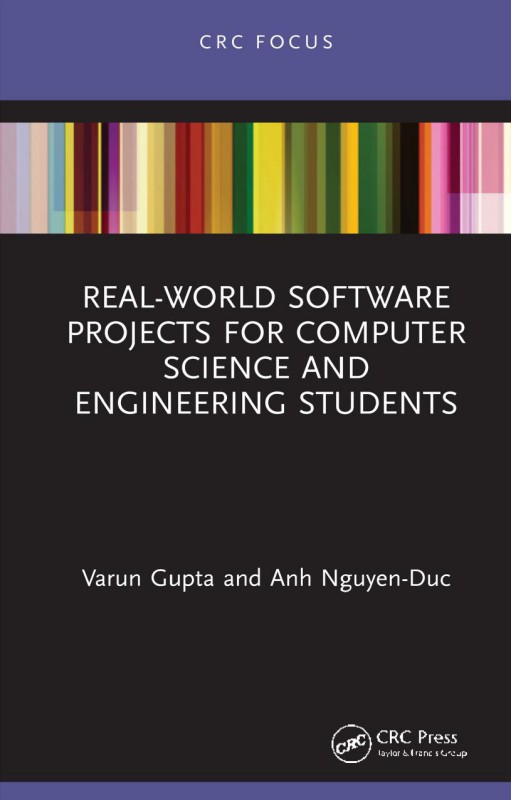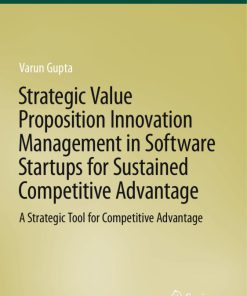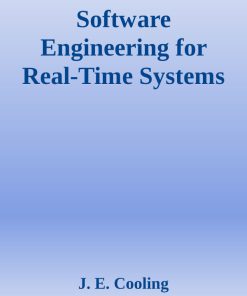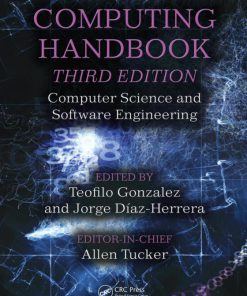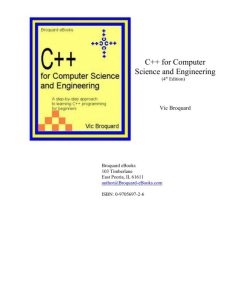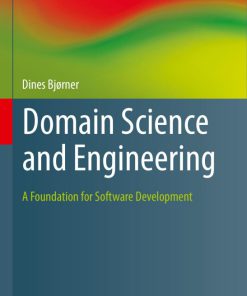Real World Software Projects for Computer Science and Engineering Students 1st Edition by Varun Gupta, Anh Nguyen Duc 0367635984 9780367635985
Original price was: $50.00.$25.00Current price is: $25.00.
Authors:Varun Gupta; Anh Nguyen-Duc , Series:IT & Computer [371] , Tags:Education; Teaching Methods & Materials; Science & Technology; This book explains how to develop highly complex; industry-specific projects; touching on real-world complexities of software developments.; Design Dimensions; Project Planning; Project Execution; Project Closing; Dissemination , Author sort:Gupta, Varun & Nguyen-Duc, Anh , Ids:Google; 9781000388077 , Languages:Languages:eng , Published:Published:Feb 2021 , Publisher:CRC Press , Comments:Comments:Developing projects outside of a classroom setting can be intimidating for students and is not always a seamless process. Real-World Software Projects for Computer Science and Engineering Students is a quick, easy source for tackling such issues. Filling a critical gap in the research literature, the book: Is ideal for academic project supervisors. Helps researchers conduct interdisciplinary research. Guides computer science students on undertaking and implementing research-based projects This book explains how to develop highly complex, industry-specific projects touching on real-world complexities of software developments. It shows how to develop projects for students who have not yet had the chance to gain real-world experience, providing opportunity to become familiar with the skills needed to implement projects using standard development methodologies. The book is also a great source for teachers of undergraduate students in software engineering and computer science as it can help students prepare for the risk and uncertainty that is typical of software development in industrial settings.




